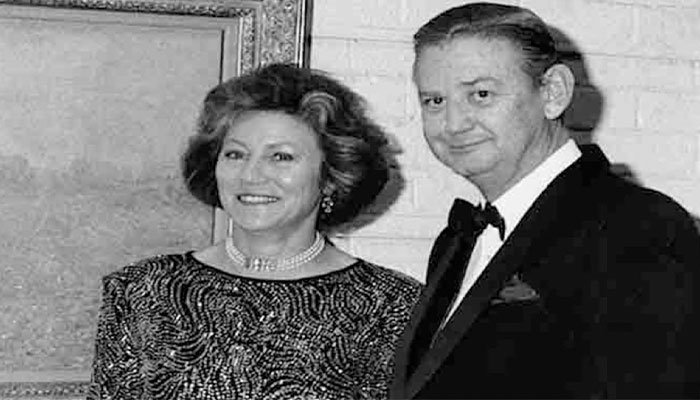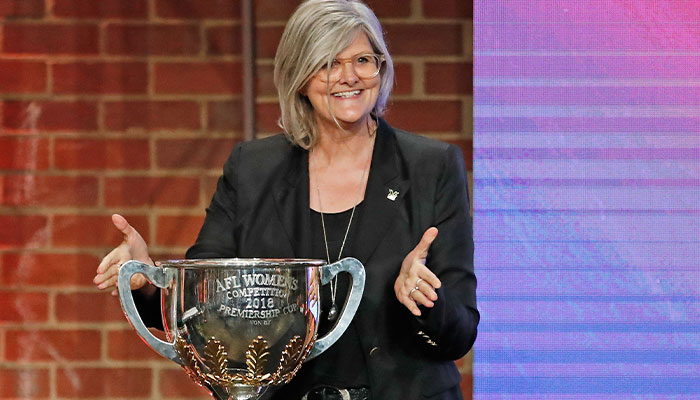Australia’s women board members are most likely to be white, 60, qualified as a lawyer, accountant or investment banker, live in an affluent suburb like Vaucluse or Toorak, belong to a club and have a middle- or upper-middle-class background.

Influence: Research reveals the homogeneity of women in Australian boardrooms – and the role they played in corporate Australia long before they were able to formally lead.
“There are very few exceptions,” maintains Macquarie University Research Fellow Dr Claire Wright. “Factors such as place of residence, age, social clubs, and parents’ occupation indicate life experiences similar to the men in the boardroom.”
Dr Wright studied the wealth, class and ethnicity of women directors on the boards of the Top 100 non-financial companies and the Top 25 finance companies from 1910 to 2018.
Her findings are soon to be published in the international journal, Business History.
Women were able to influence corporations quite substantially prior to the 1980s through marriage, social connections and family.
And they are just the beginning. In the latest Australian Research Council’s Discovery Early Career Researcher Award (DECRA) round, Wright has been awarded $358,582 to undertake the first comprehensive history of women in corporate leadership in Australia in the 20th and early 21st centuries.
But the homogeneity of women leaders isn’t her only discovery. Women, it seems, have played a much greater role in corporate Australia than has been appreciated.
“Women have been discounted because they weren’t in formal corporate positions,” says Wright. “But they were able to influence corporations quite substantially prior to the 1980s through marriage, social connections and family.
“That same calibre of woman was later able to influence corporations formally. To look at the transition from informal to formal corporate leadership is to look at how power works in Australian society and why corporate agency is reserved for certain types of people.”
In Good wives and corporate leaders: Duality in women’s access to Australian’s top company boards, 1910-2018, Wright examines two key types of female influence in the boardroom – indirect and direct.
From 1910 to 1964, corporate women were cast as ‘the good wife’, with marriage and kinship allowing many to influence the network positions of corporate men and the fortunes of the companies they controlled in an indirect way.
If there were no sons, likely as not sons-in-law got the board seat ahead of daughters. Women carried out the charity and social work that cemented the husband’s place in the appropriate social networks. Often they had the means to bankroll husbands, bail them out of trouble, and foster their philanthropy.
Behind every corporate raider…
“Marriage has been key to women’s access to corporate spaces,” says Wright. “Yet that role has been largely erased.”

Wife to leader: Janet Holmes à Court, pictured with her late husband Robert, is an example of both indirect and direct influence, says Dr Wright.
From the 1980s, women were formally introduced to Australia’s director network. Their influence was now “direct”. Although this process began relatively late, there was a 10-fold increase in the number of women on boards between 1986 and 1997 and a doubling of this number every decade since then.
Janet Holmes à Court is an example of both an indirect and direct influence: she was the social organiser and personable face of corporate raider husband Robert Holmes à Court, taking the reins of Heytesbury Pty Ltd when he died suddenly in 1990, aged 53, and turning the debt-fuelled company around by 1997.
Well-connected women are more likely to be viewed favourably by board appointment committees.
Says Wright: “Janet drew on what she had learned through her time as Robert’s wife, adopting a contrasting style and implementing what she saw as a more sustainable long-term strategy. The good wife became a corporate leader.”
Throughout the 20th century, married women faced barriers to professional education, employment and promotion. The second wave feminist movement of the 1970s disrupted the status quo. Access to board positions came in three swathes: via equal rights (1970-82), workplace equality (1983-2006), and via women with power and influence (2007-present).
In the 21st century, the public has demanded that the corporate sector elevate women into leadership positions.
Networking on steroids
Wright’s corporate world today is like the tentacled underground communication networks that sustain forests, a world of what she calls interlockers, big linkers, interfirm network ties and interlocked boards. In other words, the interweaving of companies, people, contacts, ideas and money.

Connector: Sam Mostyn, the first female AFL commissioner when she was appointed in 2005, is a powerful board ‘intermediary’, says Dr Wright.
In 2018, the most recent of the eight benchmark years Wright studied, seven out of 10 ‘big linkers’ were women (ie, individuals with three or more board memberships): Christine O’Reilly, Margaret Seale, Ilana Rachel Atlas, Penny Bingham Hall, Maxine Brenner, Eileen Doyle and Paula Dwyer. This compares to two in 2007 – and zilch before that.
Powerful board ‘intermediaries’ (those able to connect otherwise isolated firms or groups of directors) have included Sam Mostyn, Carolyn Hewson, Belinda Hutchinson and Sandra McPhee.
Well-connected women are more likely to be viewed favourably by board appointment committees. Family or political connections may also act as a form of social capital. Which is why married couples at board level can hold so much sway.
Getting onto a board can be the fruit of 20 to 30 years’ labour, the work of a lifetime. A board member will usually have trained in a profession whose skills are transferable across multiple industries. Someone trained in law or accounting, for example, can benefit boards focused on everything from mining and retail to telecommunications and banking.
The way forward
With her DECRA grant, Wright hopes to establish a greater understanding of how women have engaged in corporate leadership over time so that better pathways to leadership in the future can be developed.
But, as Good wives and corporate leaders notes, board diversity is not a simple linear process … it is a combination of events at various levels interacting over time.
The actions taken by government, the Australian Stock Exchange, and professional bodies such as the Australian Institute of Company Directors have, she says, increased the impetus to train, mentor and appoint women to board positions.
“These external pressures have created space for women to occupy corporate leadership roles,” Wright says.
Women have also come to occupy more central positions in the director network compared to their male counterparts and compared to women in other countries. They have developed extensive networks amongst themselves and with male allies.
For now, while gender diversity is being bedded down in the boardroom, Wright would like to see attention shift to ethnic diversity, and indeed diversity across multiple lines including age and profession.
“Research has shown that diversity is good for innovation, governance, and decision-making,” says Wright. “How we consider diversity is really important for the future of leadership.”
Dr Claire Wright is a Research Fellow in the Department of Management at Macquarie Business School.







